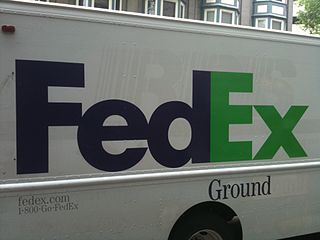FedEx Operates an Expanding Fleet of All-Electric Trucks

Part of that commitment is electric transportation; FedEx operates an expanding fleet of 111 battery-electric trucks. While the capital costs greatly exceed those of gasoline powered trucks, operational costs are 70% – 80% less.

That seems to be a good use for electric vehicles.
FedEx trucks are constantly stopping and starting, are standing still for much of the time, and probably don’t need to travel very far between recharges. Under those operating conditions, EVs should be much more efficient than IC-engine powered vehicles. Even when the source of electricity is a coal-burning power plant, the fact that EVs are much more efficient the IC-engine powered vehicles will probably, under those driving conditions, reduce over-all CO2 and other emissions.
I keep hoping the USPS will get into EVs. They are perfect for that use. Almost all routes are less than 40 miles and constant stop and go. I measured our mailman’s truck one day and I am pretty sure I figured that there is room enough to fit six 220W panels on the roof if you let the ones in front hang over the windshield a little bit. I figured between that and regenerative braking there wouldn’t be much need to charge from then grid when they got back on a nice day. There could also maybe be battery equiped charging stations with solar panels where they take their lunch break and if there were panels at the home base there would be less fossil fuels used during the day to help make up for the fossil fuels burned at night for charging. The resulting savings in maintainance would help also. It just seems like a great match.
EVs should work well for both FedEx and the post office. Another good application would be for moving passengers around airports.
At many airports, passengers are transported by ‘bus from the terminal to where they will be boarding airplanes. The ‘busses never have to travel far and probably never exceed 30 mph. There would be more than ample time to recharge the batteries between runs. Because there is no hill climbing and no rapid acceleration, the battery power required would be minimal.
Here at the University of New Mexico in Albuquerque, hospital patients are often transported from a parking garage to the hospital or clinic via small and noisy gasoline busses not much bigger than golf carts. That would be another good application for EVs.
Surely there are many situations in which the limitations of EVs would be no problem at all.